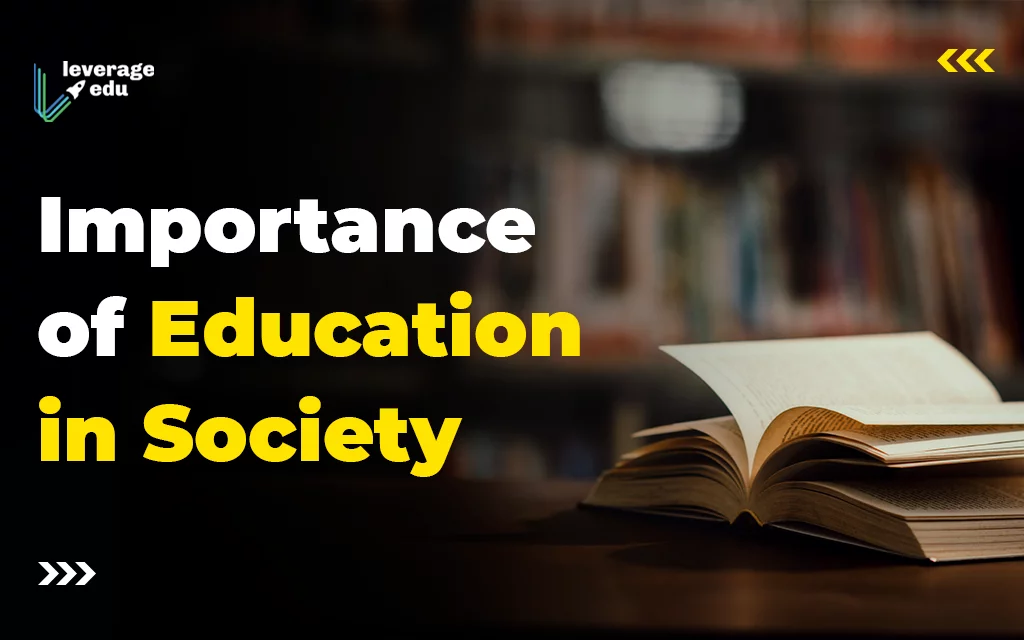Disscuss the Influence of political system on India education during british rule.
Influence of Political System on Indian Education:
In the ancient India, educational policy was very much dependent on the religious system. There were three prime strands of education at that time. They were Vedic tradition, Jain system of education and Buddhist system of education. The castes did not constitute a rigid description of the occupation or the social status of a group.
Since British society was divided by class, the British attempted to equate the Indian caste system to their own social class system. They saw caste as an indicator of occupation, social standing, and intellectual ability. Intentionally or unintentionally, the caste system became more rigid during the British rule, when the British started to enumerate castes during the ten year census and codified the system under their rule.
Before the advent of the Muslims in India, they had already developed a system of education suited to their genius. By the 11th century AD., the institutions of higher learning in the Muslim countries, called Madrasah, had developed into centres of learning with a distinct religious bias. In India, these Madrasahs were founded by Sultans, nobles, and their influential ladies. The main objective of this education was to train such ulama or scholar who would become eligible for the civil service as well as performing duties as judge or qadhi.
The system of education was then under the control of ulama who were in favor of Akbar’s curriculum. However, Hakim Fathullah Sirazi and his followers claimed a significant role in this system. Fathullah Sirazi was a philosopher, mathematician and scientist. His system was in later period developed by Mullah Nizamuddin.
The curriculum of Mullah was known as “Dars Nizami”. The salient feature of the curriculum is to relate religious education with the Greek philosophy. For the practitioners of medicine, syllabus was different. They began their education with Arabic literature, grammar and philosophy, and then they start study “Canon fi al-Tibb” and “Kitab al-Shifa” of Ibn Sina. For the accountants and secretaries, a separate curriculum was prepared at the end of Akbar’s reign.
The pattern of education developed in India during the British rule was unplanned. As the system of education under the British rule was quite unsuited to the needs of India, the leaders of our country thought it necessary to introduce changes in the system of education when India achieved her independence.
During the last thirty years of the post-independence period, many attempts have been made to solve the manifold problems of education and to effect changes in the system. But it is a huge and complex problem and it will take much time before all the problems of education are solved satisfactorily.
With the arrival of the British rule in India, the modern European education came to India. British rule was reluctant to introduce mass education system as it was not their interest. The colonial educational policy was deliberately one of reducing indigenous culture and religion, an approach which became known as Macaulayism.
The system soon became solidified in India as a number of primary, secondary, and tertiary centres for education cropped up during the colonial era. In exploring the motivations behind British colonialism in India, an underlying trend can seen in the “civilizing mission” that sought to establish British institutions and ideas in place of the local political culture, through the ideological hegemony inherent in such a mission.
According to the liberal John Stuart Mill, this was because British dominion of India could rapidly carry its people through “several stages of progress”, and “clear away obstacles to improvement”. Consequently, the liberal transformation of India meant the assimilation of central British institutions onto Indian soil. Among the most important of these, were private property, the rule of law, education in Western knowledge and the liberty of the individual.
The present educational system of India is an implantation of British rulers. Wood’s Dispatch of 1854 laid the foundation of present system of education in India. Before the advent of British in India, education system was private one. With the introduction of Wood’s Dispatch known as Magna Carta of Indian education, the whole scenario changed.
The main purpose of it was to prepare Indian Clerks for running local administration. Under it, the means of school educations were the vernacular languages while the higher education was granted in English only. British government started giving funds to indigenous schools in need of help and thus, slowly some of the schools became government-aided.
Education of Indians had become a topic of interest among East India Company officials from the outset of the Company’s rule in Bengal. In the last two decades of the 18th century and the first decade of the 19th, Company officials pursued a policy of conciliation towards the native culture of its new dominion, especially in relation to education policy. During the 19th century, the Indian literacy rates were rumoured to be less than half of post-independence levels which were 18.33% in 1951. The policy was pursued in the aid of three goals:
- To sponsor Indians in their own culture,
- To advance knowledge of India, and
- To employ that knowledge in government.”
Charles Grant’s son, Sir Robert Grant, who in 1834 was appointed Governor of the Bombay Presidency, played an influential role in the planning of the first medical college in Bombay, which, after his unexpected death, was named Grant Medical College when it was established in 1845.
The need of expert technical advice in education at the Government of India level was also felt during this period and the post of a Director General of Education. who was to be an educationist and not a civilian and whose duty was to advise the Government of India on educational matters was created by Lord Curzon and at the present time, when the very need of an advisory educational service at the Centre is being challenged in certain quarters, it may be well to recall Lord Curzon’s defence of the creation of this post.
Dyarchy, also spelled diarchy, system of double government introduced by the Government of India Act (1919) for the provinces of British India. It marked the first-introduction of the democratic principle into the executive branch of the British administration of India.
Though much criticized, it signified a breakthrough in British Indian Government and was the forerunner of India’s full provincial autonomy (1935) and independence (1947). The principle of dyarchy was a division of the executive branch of each provincial government into authoritarian and popularly responsible sections.
The first was composed of executive councilors, appointed, as before, by the crown. The second was composed of ministers who were chosen by the governor from the elected members of the provincial legislature. These latter ministers were Indians.





